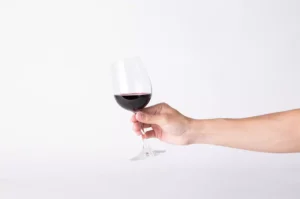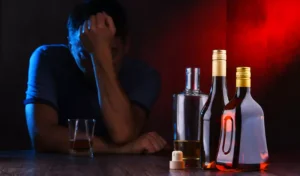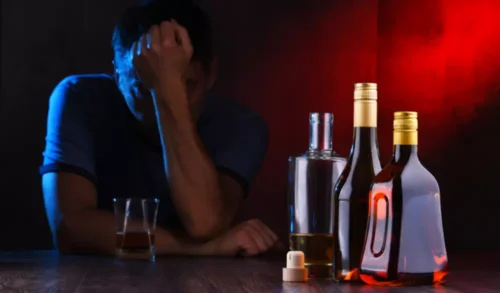
If you’ve been drinking heavily for a long time and think you might experience withdrawal symptoms, it’s best to talk with a medical professional before you begin a taper. They can help you decide if tapering is the safest option for you. Alcohol withdrawal symptoms usually start within hours after you stop drinking, peak in a day or two, and improve within five days. But in some alcoholics, withdrawal is not just unpleasant—it can be life threatening. One of the most common causes of relapse after a person has quit drinking is continuing the same lifestyle as before recovery.

Finding supportive, sober friends
Similarly, try to identify the times when you would usually drink and fill the gap with something else. Minor, marijuana addiction moderate, and severe withdrawal symptoms typically begin about 6 hours after the last drink is consumed. Start by talking to any doctors, nurses, or therapists you may already be seeing. Talking with an addiction therapist or medical specialist can assist you in your goal to stop drinking. The more supportive people you can involve in your quest to quit alcohol the better.
- Having a plan can help you stay on track and it can keep you safe.
- But that advice changes if you’re living with alcohol use disorder.
- This could mean attending a support group specifically for people with alcohol issues like Alcoholics Anonymous (AA).
- Live an alcohol-free life and be on your guard not to fall back into the trap.
- The tips/instructions help but without the right method/map you may never find your way to freedom so please read on after the tips to understand the best method to stop alcohol use.
Talk about it
If you don’t have a regular doctor, see a primary care provider or visit a free health clinic near you. The NIAAA also offers pointers about resources for low- and no-cost treatment and support options, like getting in touch with your state’s agency for substance abuse help. Common alcohol withdrawal symptoms can include nausea, shaking, and sweating—which can be unpleasant or even dangerous.
Set goals.

Drugs used for other conditions — like smoking, pain, or epilepsy — also may help with alcohol use disorder. Talk to your doctor to see of one of those might be right =https://ecosoberhouse.com/ for you. Some people just need a short, focused counseling session. Others may want one-on-one therapy for a longer time to deal with issues like anxiety or depression. Alcohol use can have a big effect on the people close to you, so couples or family therapy can help, too.
- For personal advice, please consult with a medical professional.
- Others are outpatient programs, where you live at home and go to the center for treatment.
- Through therapy, support groups and medication, you’ll be supported on your path to recovery.
- A therapist can help you uncover key insights regarding your alcohol use and offer tools that will set you up for successful and satisfying long-term recovery.

Let friends, family members, and co-workers know that you’re trying to stop or cut back on drinking. If they drink, ask them to support your recovery by not doing so in front of you. Learning how to stop drinking alcohol is a process that continues throughout recovery. Even once the alcoholic is sober, many things around him may entice him to drink; these are called triggers. Triggers are any thing, place, person or situation that creates a craving in the alcohol addict to drink.
- The liver oxidizes, or breaks down, alcohol from the blood at a rate of roughly 0.5 ounces per hour.
- Nothing — not even alcohol — should hold you back in your career or stop you from getting promotions, bonuses, or simply working at full capacity.
The relationship between drinking and socializing

However, it may be more challenging for people who live with alcohol use disorder (AUD) than someone who casually drinks. In the past year, How to Stop Drinking around 10.6% of people in the United States, ages 12 and older, had AUD. Dr. Streem says that if your goal is to stop drinking altogether, you’re more likely to have success quitting all at once, rather than weaning off alcohol. But that advice changes if you’re living with alcohol use disorder.
